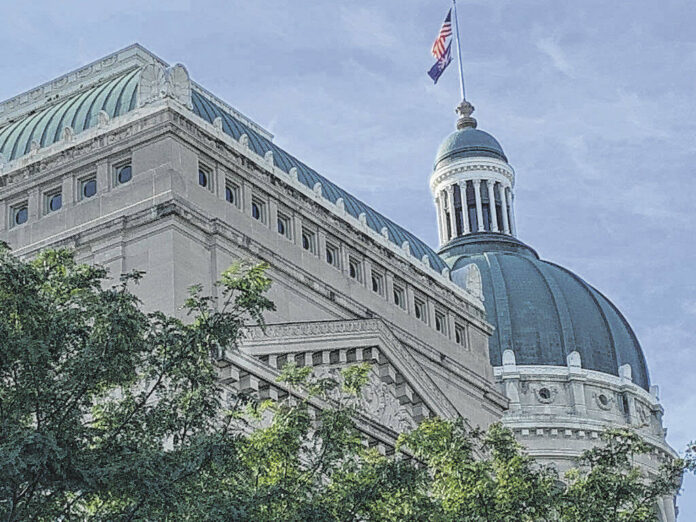Indiana’s surplus might seem massive but the state could operate only 33 days using nothing but rainy day funds — lower than the national median of 42.5 days, according to 2022 data analyzed by Pew Charitable Trusts.
In Fiscal Year 2019, states could operate their governments using only their rainy day funds for an average of 28.9 days.
But some experts believe that fortunes will change in 2023.
“Higher-than-forecasted tax revenue growth, historic federal aid and record financial reserves have buttressed states’ fiscal positions over the past two budget years,” Pew’s report said. “However, policymakers now face an inflection point as they reckon with several looming challenges, including weakening economic growth amid tightening monetary policy and historically high inflation and a tapering of federal aid.”
Pew compares operating days instead of balances because government needs vary state by state. Five states had funds for more than 100 operating days, with Wyoming’s fund covering 349.6 days.
The rapid influx of federal funding throughout the pandemic, but especially in the early months, shored up state budgets after a brief but devastating recession from February to April 2020. As a result, more than one-third of states’ revenue came from the federal government, or 35.9%, in the subsequent fiscal year.
Indiana ranked slightly above that average distribution, netting 39.8% of its funding for Fiscal Year 2020 from the federal government. Wyoming reported the highest percentage of funding as a percentage of its budget, 56.3%, while Hawaii had the lowest, at 24.4%, according to data analyzed by Pew Charitable Trusts.
Fiscal years don’t mirror calendar years, which run from January to December, but vary from government to government. The federal government’s fiscal year starts on Oct. 1 while Indiana’s starts on July 1. The vast majority of states, 46, have the same fiscal year start and end as Indiana.
Some of the federal funding will be granted in years to come, up through the end of the 2024 fiscal year.
Other states have similarly raked in the cash, providing a boost to their reserves and rainy day funds.
But states’ finances recovered more quickly than anticipated after the sharp dip in early 2020, bolstered by higher-than-anticipated tax revenues. The latest Indiana monthly revenue report for September was the first time in nearly a year that revenues fell short and didn’t exceed the forecasted amount.
Budget writers have been wary of commitments before the legislative session starts in January, but House Speaker Todd Huston, R-Fishers, told a crowd at a mental health summit that Rep. Greg Steuerwald, R-Avon, would carry a bill addressing mental health funding.
Democrats have pushed for “strategic investment” spending as priorities stack up for lawmakers. Also on the table, a $250 million investment in public health, a multi-million dollar upgrade to the Bureau of Motor Vehicles aging operating system and high construction costs at multiple ongoing capital improvement projects.
This story by Whitney Downard is republished from The Indiana Capital Chronicle, an independent, nonprofit news organization that covers state government, policy and elections.





